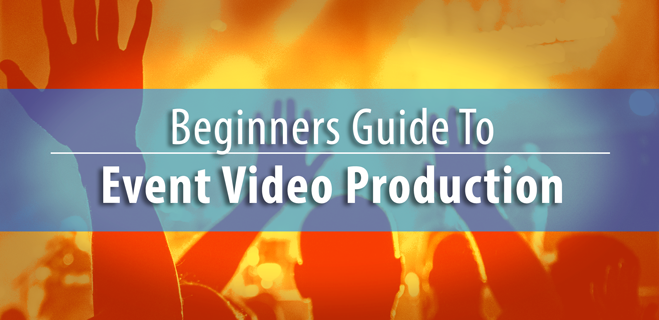Today, your content strategy will be incomplete if it doesn’t include video.
With video, you can drive traffic to your offers, improve your website SEO and engage your audience. If you want to dabble into event video production, remember one thing: content beats quality.
You do not need the best equipment to produce great video content. On Facebook, some of the most successful videos have been produced with an iPhone!
With this out of the way, below are some key steps to follow to get an effective video that will engage your customers, get clicks and drive sales.
Planning Stage
The planning stage is critical for successful event video production. Determine the type of video you would like to produce. Apart from this, consider your target audience and the goals you would like to achieve with the video.
For example, do you want a video that is funny, emotionally appealing or thought-provoking that will go viral? Are you shooting an event video to educate your audience about a particular subject?
Split the shooting into 3 time-periods; before, during and after, and plan for each stage. Decide on the content and activities required during the periods.
Shooting Stage
When it comes to shooting, make sure to film B-Roll i.e. extra footage. This extra footage adds depth to your story and ties the video together. Do not be too concerned about getting the right shots. Just keep the camera rolling. Always shoot more B-Roll than you think you will need.
Audio and video quality are important. Confirm that the audio is clear before the shooting starts. Minimize the background noise when recording. The volume can be edited later. Moreover, shoot in HD to end up with the best quality video that is visually striking. Make sure the subject is in clear, good lighting. Use a tripod to avoid shaky footage.
Involve Your Audience
Get your audience involved before, during and after the shooting of the event. For example, start hyping up the event weeks before it is due. Get the word out about the event through multiple channels that your audience prefers. Email, blog posts and Facebook ads are great ways to inform your audience about the event.
During the event, use Facebook and Twitter to engage your audience. For example, encourage your audience to tweet about the event using a specific hash tag.
Post-Event Content
After the event, get the content out to your web properties and format it for lead generation or sales. For example, you can put the video behind a pay wall or use it to generate leads by requiring your audience to submit their emails to access it.
Edit the video content to make it suitable for the goals you have. For example, include call-to-action messages on or links to resources that may have been mentioned in the video.
Producing successful event videos is about getting engaging content without spending a fortune. The tips above will help you create effective event videos that will bring results.
